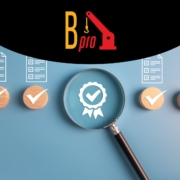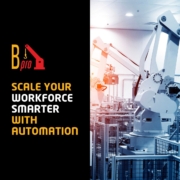Running a business involves more than just delivering products or services — it also means managing a complex web of administrative tasks, regulatory compliance, employee relations, and legal responsibilities. For many companies, especially those experiencing growth or operating with lean teams, these non-core but critical functions can become overwhelming.
This is where strategic staffing becomes a valuable asset. Beyond simply filling talent gaps, staffing solutions significantly reduce the administrative and legal burdens that come with hiring, managing, and maintaining a full-time workforce. The result is a more focused, agile, and legally protected operation.
Minimizing Paperwork and Bureaucracy
Hiring new employees involves a considerable amount of paperwork: contracts, tax forms, payroll processing, benefits enrollment, onboarding procedures, and more. When companies engage staffing agencies, the agency typically assumes responsibility for many of these processes, including:
-
Employee contracts and documentation
-
Tax withholdings and social security filings
-
Benefits administration
-
Time tracking and payroll
This outsourcing of administrative tasks allows internal HR and management teams to focus on strategic initiatives instead of drowning in paperwork. It also improves efficiency and reduces the risk of administrative errors that could lead to fines or delays.
Legal Compliance and Risk Mitigation
Labor laws are complex and constantly evolving. From overtime regulations and workplace safety rules to anti-discrimination laws and termination procedures, compliance requires both vigilance and expertise.
Staffing partners are specialists in labor law. They assume legal responsibility for their employees, ensuring that contracts, benefits, and work conditions comply with the latest regulations. This reduces the company’s legal exposure and liability, especially in areas like:
In short, companies benefit from peace of mind, knowing that legal compliance is being handled by professionals.
Reduced Employer Liability
When a worker is employed through a staffing agency, the agency is typically the legal employer of record. This means that in the case of disputes, workplace accidents, or employment claims, the staffing provider bears the legal responsibility, not the client company.
This distinction is crucial for businesses that want to scale quickly without taking on excessive legal or financial risk. It provides a protective buffer that allows companies to remain focused on growth while reducing the chances of litigation or compliance-related setbacks.
Easier Offboarding and Transition Management
One of the more sensitive and complex areas of human resources is managing employee terminations or transitions. Letting go of a full-time employee involves multiple legal steps and potential risks.
With staffing, transitions are simplified and contractually clear. When a temporary assignment ends, there is no lengthy termination process, severance negotiation, or HR dispute. This allows for smoother offboarding, greater workforce flexibility, and lower emotional and legal stress for managers.
Enhancing Operational Focus
By offloading administrative and legal responsibilities, companies free up time, energy, and resources. Leaders can focus on core operations, innovation, and strategy rather than being bogged down in compliance and paperwork.
This shift in focus improves productivity across departments and allows smaller businesses — which may not have a dedicated legal or HR team — to operate with the same level of structure and protection as larger organizations.








